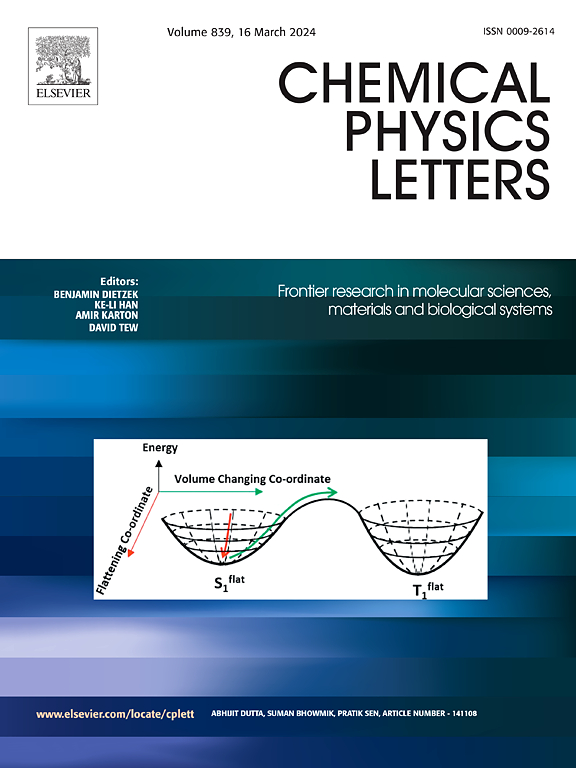Hydrothermal synthesis of NiCo2O4 Nanorods: A promising electrode material for supercapacitors with enhanced capacitance and stability
IF 2.8
3区 化学
Q3 CHEMISTRY, PHYSICAL
引用次数: 0
Abstract
NiCo₂O₄ nanorods were successfully synthesized via a cost-effective hydrothermal method and calcined at 400 °C for 3 h, exhibiting a highly crystalline structure with a 23 nm average crystallite size. FT-IR spectra confirmed Ni![]() O and Co
O and Co![]() O bond coordination, while FE-SEM revealed an aggregated porous nanorod morphology. EDS analysis verified the presence of Ni, Co, and O elements. Electrochemical studies showed a high specific capacitance (Cs) of 475 F g−1 at 10 mV s−1 scan rate, with a Cs of 435 F g−1 at 1 A g−1. Galvanostatic charge-discharge (GCD) analysis indicated a diffusion-controlled energy storage mechanism. Compared to MnCo₂O₄ nanocluster electrodes, NiCo₂O₄ nanorods exhibited superior electrochemical performance, with lower charge transfer resistance (Rct) as shown in Nyquist plots, attributed to their porous microstructure and large surface area. Additionally, the NiCo₂O₄ electrode demonstrated an 83.04 % capacitance retention after 5000 cycles, outperforming the 77.63 % retention of MnCo₂O₄ electrodes, confirming its potential as an efficient supercapacitor electrode.
O bond coordination, while FE-SEM revealed an aggregated porous nanorod morphology. EDS analysis verified the presence of Ni, Co, and O elements. Electrochemical studies showed a high specific capacitance (Cs) of 475 F g−1 at 10 mV s−1 scan rate, with a Cs of 435 F g−1 at 1 A g−1. Galvanostatic charge-discharge (GCD) analysis indicated a diffusion-controlled energy storage mechanism. Compared to MnCo₂O₄ nanocluster electrodes, NiCo₂O₄ nanorods exhibited superior electrochemical performance, with lower charge transfer resistance (Rct) as shown in Nyquist plots, attributed to their porous microstructure and large surface area. Additionally, the NiCo₂O₄ electrode demonstrated an 83.04 % capacitance retention after 5000 cycles, outperforming the 77.63 % retention of MnCo₂O₄ electrodes, confirming its potential as an efficient supercapacitor electrode.

求助全文
约1分钟内获得全文
求助全文
来源期刊

Chemical Physics Letters
化学-物理:原子、分子和化学物理
CiteScore
5.70
自引率
3.60%
发文量
798
审稿时长
33 days
期刊介绍:
Chemical Physics Letters has an open access mirror journal, Chemical Physics Letters: X, sharing the same aims and scope, editorial team, submission system and rigorous peer review.
Chemical Physics Letters publishes brief reports on molecules, interfaces, condensed phases, nanomaterials and nanostructures, polymers, biomolecular systems, and energy conversion and storage.
Criteria for publication are quality, urgency and impact. Further, experimental results reported in the journal have direct relevance for theory, and theoretical developments or non-routine computations relate directly to experiment. Manuscripts must satisfy these criteria and should not be minor extensions of previous work.
 求助内容:
求助内容: 应助结果提醒方式:
应助结果提醒方式:


